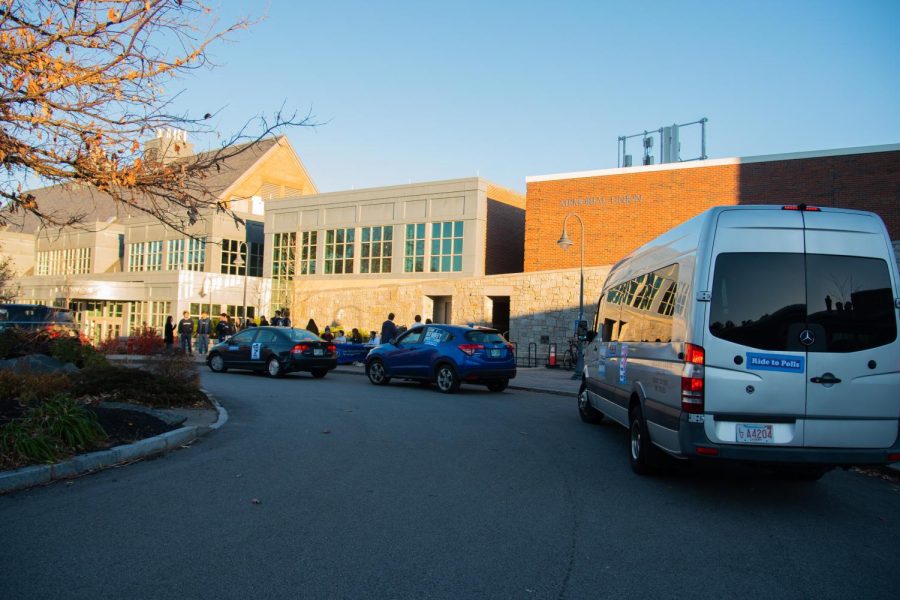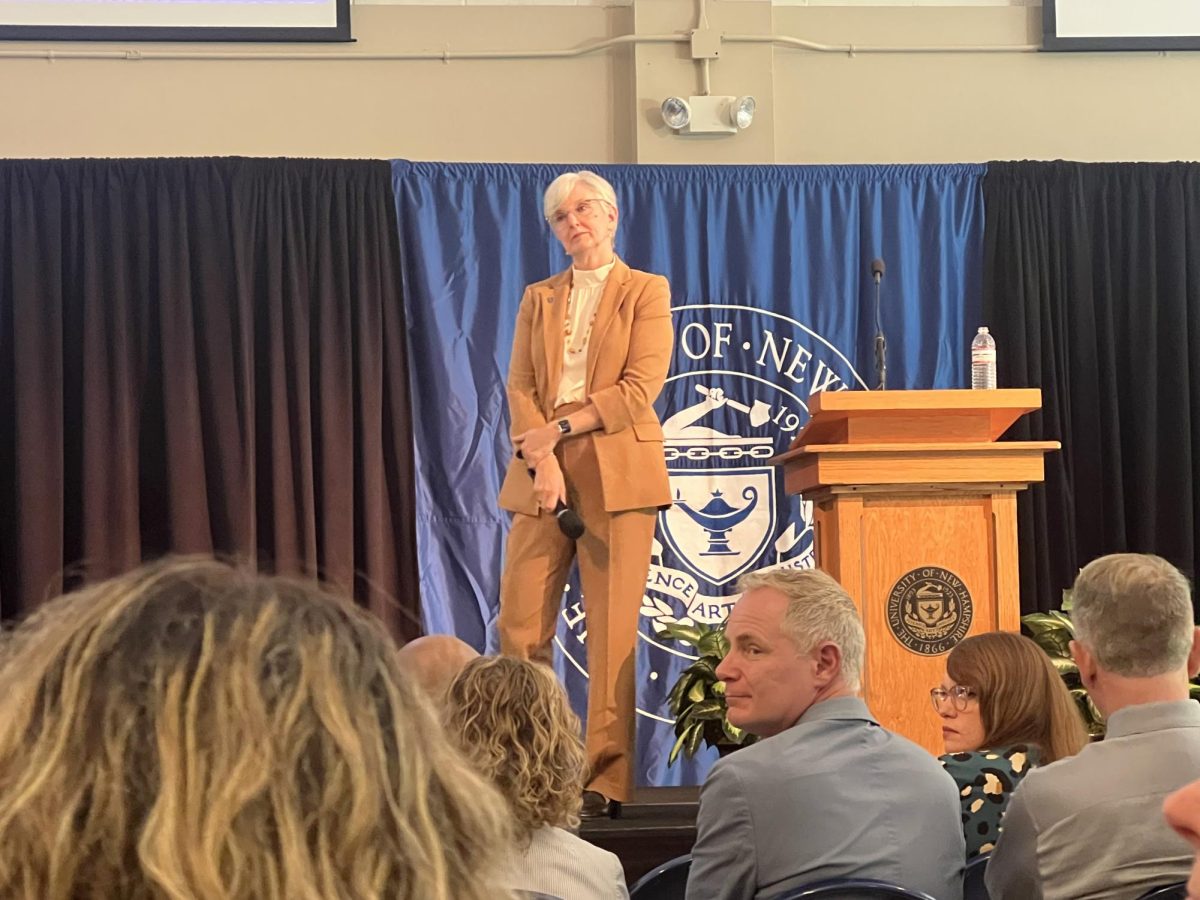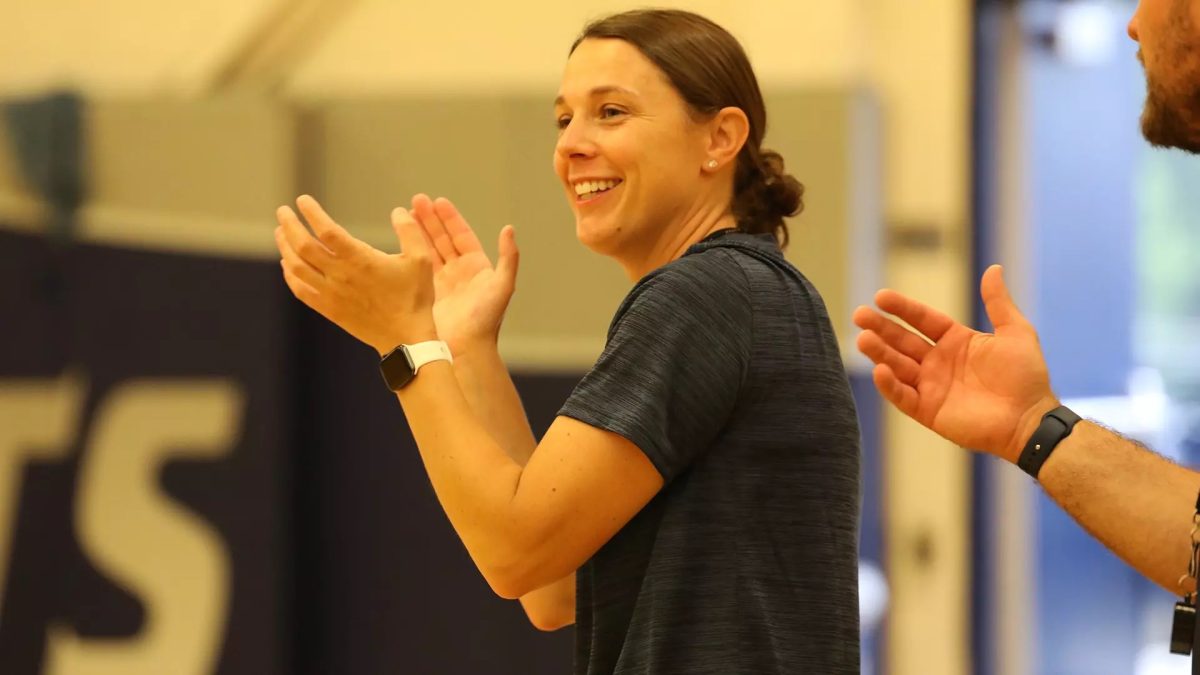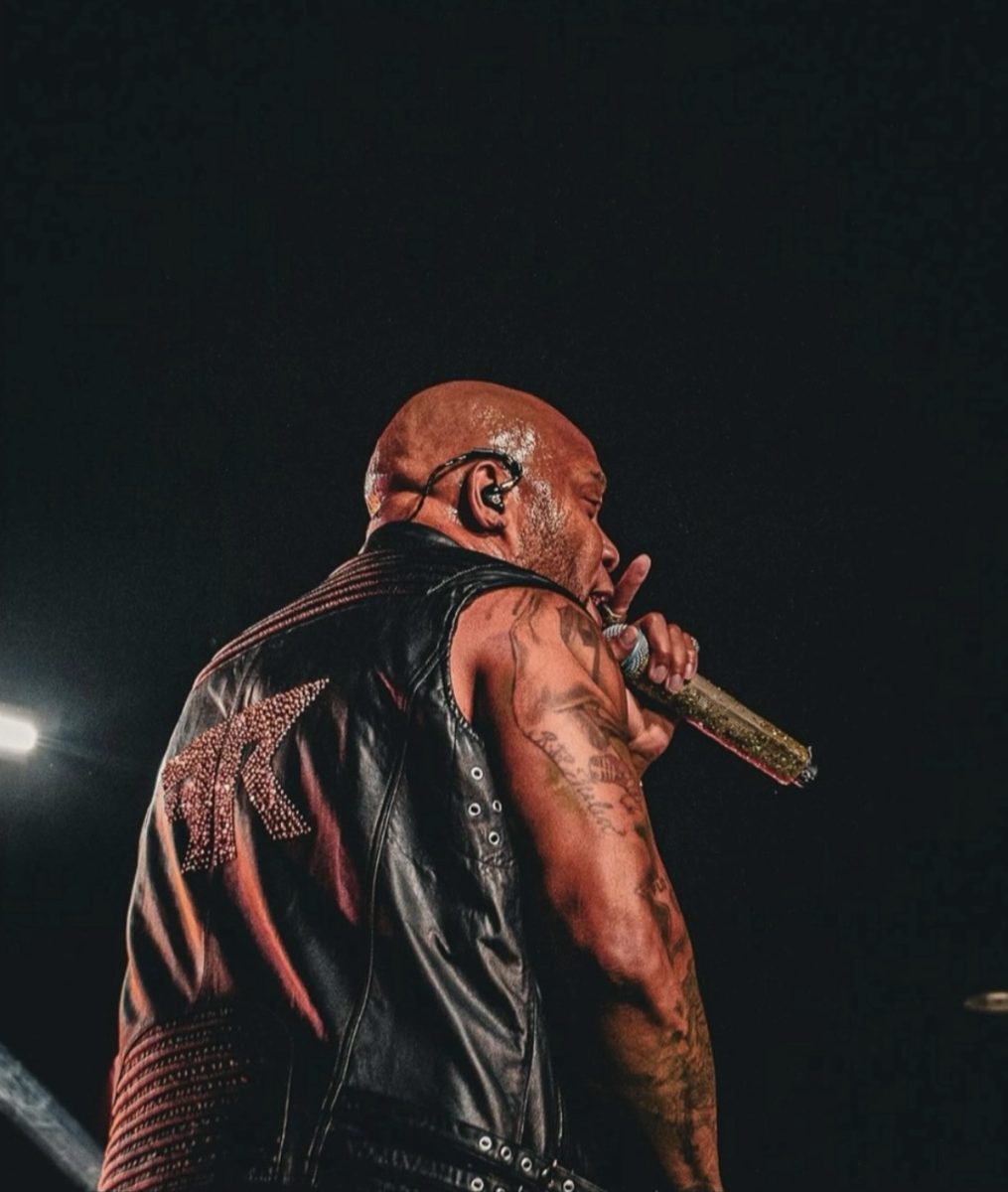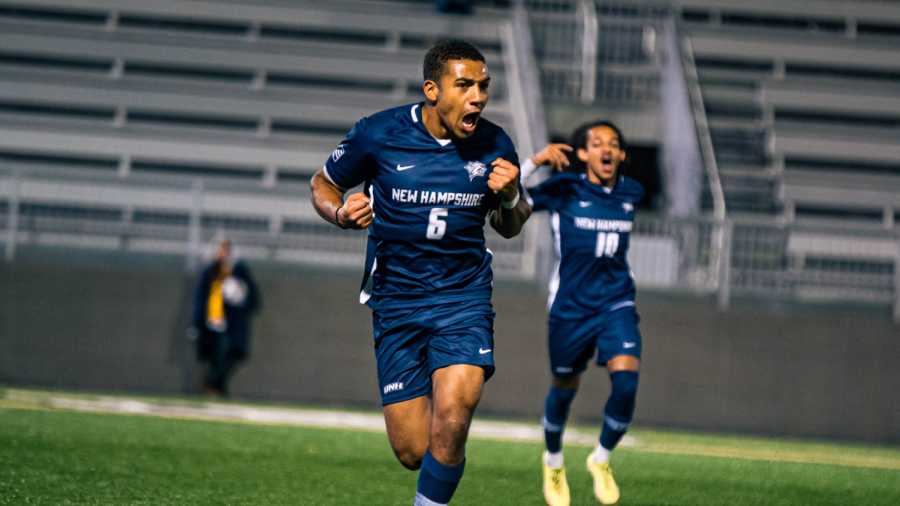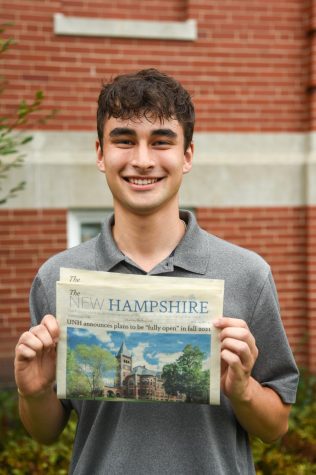The American Soccer Boom & UNH Men’s Soccer Success
October 21, 2022
Durham, NH – The University of New Hampshire’s Men’s soccer program has become very successful and popular, growing the sport across the seacoast – but this is just a hint of what’s to come for American soccer.
Recently, two players from the UNH men’s soccer program were drafted in the Major League Soccer (MLS) Superdraft: defenseman Josh Bauer in 2021 and forward Tola Showunmi. The team has also been very successful in the America East playoffs in recent years. They were champions in 2019 and runners up in 2021. Last year they were ranked as high as fourth by the United Soccer Coaches poll in October, after going undefeated the entire regular season.
Unfortunately, last season ended in a disappointing fashion, with a loss to the University of Vermont (UVM) in the America East Championship and a loss to No. 1 Oregon State in the NCAA Division one national championship playoffs.
Off the field, UNH works hard to grow the soccer fanbase in New Hampshire. They host Youth Nights for young players and their families from around the seacoast to come watch the team play and participate in gameday events. Last year, the team had over five thousand fans show up for senior night against UVM and this is thanks to the creation of a soccer-loving community.
Jon Shaad, UNH assistant coach, said “With the youth nights it’s about forming a connection with the community, getting kids excited about coming and watching games and excited about the sport, and also fostering a lifelong love.”
Shaad said it’s about representing soccer in New England, being a pinnacle team and continuing to put New Hampshire on the map.
This effort has also been aided by Head Coach Marc Hubbard’s soccer training business, Soccer Sphere.
“Soccer Sphere began in the summer of 2008 with a one-week summer camp and through popularity has grown to a statewide brand of coaching and training that reaches over ten youth organizations and towns. Soccer Sphere offers everything from camps, coaching clinics, to individual and team training, to college recruiting opportunities, every season of the year, indoor and outdoor,” according to the organization’s website.
“Right now it’s not just kids that grew up playing, and maybe mom or dad coached them. Now you’re getting a lot of former players, former college players that are now coaching at all levels in the sport so I think you’re seeing year by year development in the US in terms of players,” said Shaad. “In terms of the college game too, you’re seeing an influx of more players from all over the world. So that adds a different influence to the game.”
Moise Bombito, third year defenseman at UNH, said “I decided to come to the US because it’s a mix of having an education and playing at the highest level. I think you can have a lot of visibility playing in the US. From the US you can get visibility from Europe.”
“Alphonso Davies is a Canadian native and he started playing in the MLS and then right from there went to FC Bayern. I felt like players in the US and Canada are being recognized for their talent,” Bombito said.
The MLS has focused on expanding since its inception in 1993. It’s become the US’s top soccer league and has added teams nearly every year. They have also created more opportunities at youth levels with the creation of its own development league, investing in the infrastructure to steadily grow the sport.
The MLS is not without its critics though. They still lack a promotion relegation system like those in other countries and a multi-tiered approach. It’s been criticized for the implementation of the draft compared to focusing on youth development within smaller clubs like in Europe.
David Williams, assistant goalkeeper coach, discussed what he’s seen throughout his career as a coach and in the US.
Williams emphasized the need to create a unique soccer culture in the US. He said, “culturally athletics in college are a piece of what we have, and I think it would be a shame in soccer to jettison that out just to emulate a European model.”
“When I was coming up there were no academies and all that,” he said. “The team that got to the round of eight in 2002, half of those guys were developed in college. So, US Soccer has tried their best to eliminate that instead of embracing it. I think it should be embraced.”
“I think college is still a place where a kid that might not be ready at 17 to step into the process and then become ready,” said Williams
Soccer is slated to become a competitor to other large sports in the United States. According to World Soccer Talk, high school soccer participation grew 32% from 2002 to 2019 while baseball and hockey saw a growth of 6% and 7% respectively. In addition, basketball and football participation declined.
World Soccer Talk also reported that the 1994 World Cup in the US still holds the all-time attendance record despite having fewer participating nations than later editions. The US recently won a joint bid with Canada and Mexico to host the 2026 World Cup that will have an expanded number of teams at 48.
Soccer has yet to beat out other sports in terms of viewership and fans.
“More than half of respondents who identified as soccer fans were under the age of 45 (54%), a greater share than ‘any of the other sports included in the survey,’ according to Sports Business Journal.
Soccer also had the most diverse fan base, with 40% being fans of color.
Circling back to UNH men’s soccer, the Wildcats look to keep things rolling as they take on the Binghamton Bearcats at home for Family weekend, this Saturday, Oct. 22.

